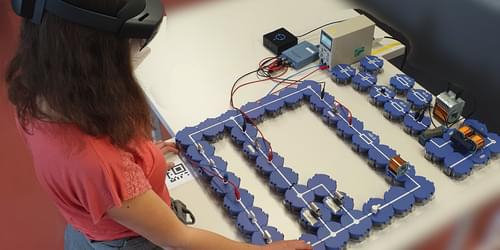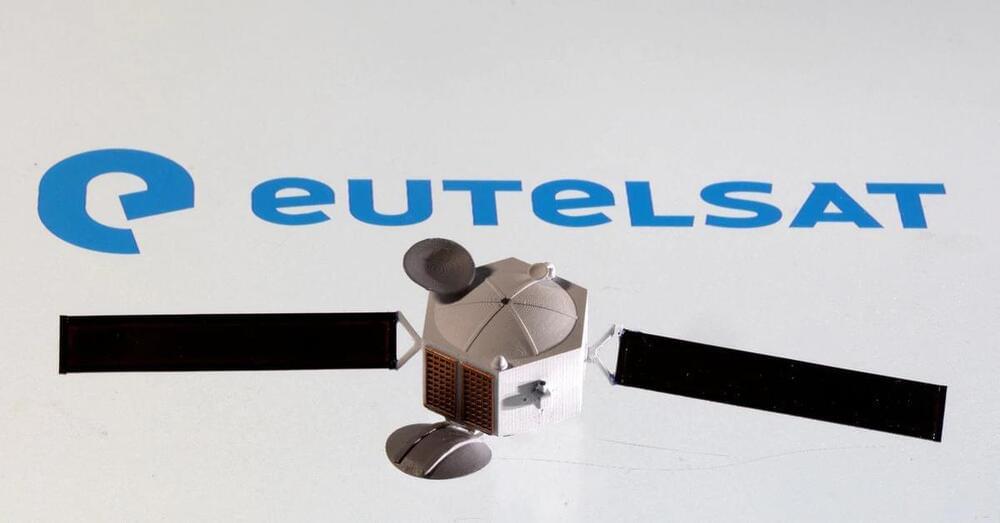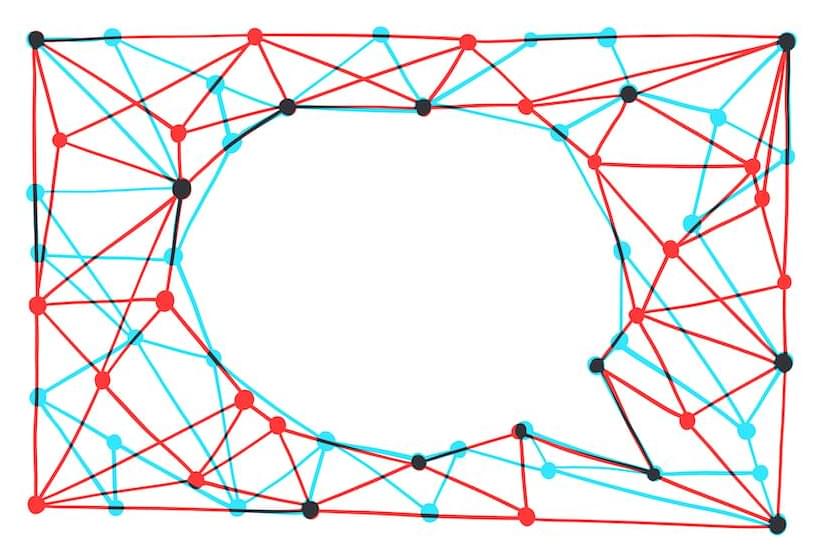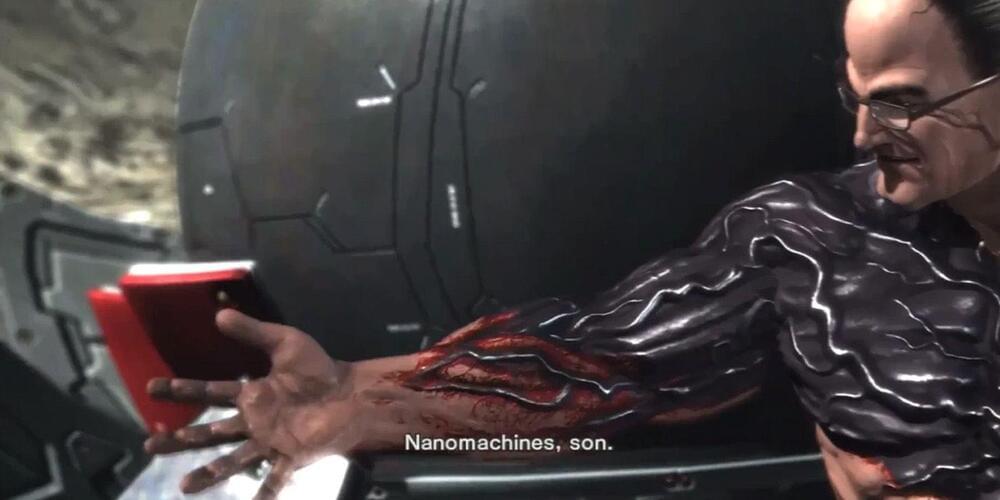The merging of real and virtual worlds into a so-called mixed-reality environment can help students successfully complete problem-solving tasks.



LONDON/PARIS, July 24 (Reuters) — French satellite company Eutelsat (ETL.PA) is poised to buy British rival OneWeb in a deal that could be announced as early as Monday, two sources close to the negotiations said on Sunday.
OneWeb was valued at $3.4 billion in its most recent funding round, one of the sources said. Eutelsat already has a 23% stake in OneWeb and is its second-biggest shareholder.
The merger of the two companies would strengthen their position in the race to build a constellation of low-orbit satellites, challenging the likes of Elon Musk-owned SpaceX’s Starlink and Amazon.com Inc’s (AMZN.O) Project Kuiper.

Scientists recently discovered thousands of ancient unknown bacteria lurking in Hawaii’s lava caves and geothermal vents.
Hawai’i is home to multiple lava caves, lava tubes, and geothermal vents. And a new study that researchers published in Frontiers in Microbiology reveals that these caves have higher bacteria diversity than expected. Researchers have discovered thousands of ancient unknown bacteria lurking within the caves.
Scientists say that these bacteria ecosystems represent how life might have existed during Earth’s early ages. They also say it could give us insight into how life on Mars looked before losing much of its atmosphere. The caves, home to lava tubes and geothermal vents on the island, house ancient unknown bacteria, unlike anything we’ve ever seen.
“This study points to the possibility that more ancient lineages of bacteria, like the phylum Chloroflexi, may have important ecological ‘jobs,’ or roles,” Dr. Rebecca D. Prescott, first author of the paper, said in a statement. The bacteria is so intriguing that some scientists have started calling it “microbial dark matter,” because of how unseen and un-studied it is.

A volcano on Japan’s western major island of Kyushu, called Sakurajima, erupted at about 8:05 p.m. (1105 GMT) on Sunday, the Japanese Meteorological Agency (JMA) said, but media said there were no immediate reports of damage.
There were reports of volcanic stones raining down at a distance of 2.5 km (1.5 miles) from the volcano, NHK public television said. The eruption alert level has been raised to 5, the highest, with some areas advised to evacuate, NHK said. Sakurajima is one of Japan’s most active volcanoes and eruptions of varying levels are frequent. In 2019 it spewed ash 5.5 km (3.4 miles) high.

Early data from the James Webb Space Telescope is already starting to come in, with exciting finds like views of Jupiter and a potential sighting of the most distant galaxy ever observed. But there’s a lot more Webb data being shared, and much of it is publicly available through the Space Telescope Science Institute’s MAST archive. That means enterprising astronomers are already digging through James Webb data to perform their own analyses, and have created some amazing visuals.
Gabriel Brammer, an associate professor at the University of Copenhagen, composed and shared this incredible and faintly terrifying image on Twitter. It shows the galaxy Messier 74, captured in the mid-infrared range by Webb’s MIRI instrument as part of the PHANGS-JWST project.
“Let’s just see what JWST observed yesterday …” Brammer wrote on Twitter. Then, echoing all of our sentiments, “Oh, good god.”

Interested in learning what’s next for the gaming industry? Join gaming executives to discuss emerging parts of the industry this October at GamesBeat Summit Next. Register today.
The world of technology is rapidly shifting from flat media viewed in the third person to immersive media experienced in the first person. Recently dubbed “the metaverse,” this major transition in mainstream computing has ignited a new wave of excitement over the core technologies of virtual and augmented reality. But there is a third technology area known as telepresence that is often overlooked but will become an important part of the metaverse.
While virtual reality brings users into simulated worlds, telepresence (also called telerobotics) uses remote robots to bring users to distant places, giving them the ability to look around and perform complex tasks. This concept goes back to science fiction of the 1940s and a seminal short story by Robert A. Heinlein entitled Waldo. If we combine that concept with another classic sci-fi tale, Fantastic Voyage (1966), we can imagine tiny robotic vessels that go inside the body and swim around under the control of doctors who diagnose patients from the inside, and even perform surgical tasks.



😳!!!
The Moon isn’t necessarily there if you don’t look at it. So says quantum mechanics, which states that what exists depends on what you measure. Proving reality is like that usually involves the comparison of arcane probabilities, but physicists in China have made the point in a clearer way. They performed a matching game in which two players leverage quantum effects to win every time—which they can’t if measurements merely reveal reality as it already exists.
“To my knowledge this is the simplest [scenario] in which this happens,” says Adan Cabello, a theoretical physicist at the University of Seville who spelled out the game in 2001. Such quantum pseudotelepathy depends on correlations among particles that only exist in the quantum realm, says Anne Broadbent, a quantum information scientist at the University of Ottawa. “We’re observing something that has no classical equivalent.”
A quantum particle can exist in two mutually exclusive conditions at once. For example, a photon can be polarized so that the electric field in it wriggles vertically, horizontally, or both ways at the same time—at least until it’s measured. The two-way state then collapses randomly to either vertical or horizontal. Crucially, no matter how the two-way state collapses, an observer can’t assume the measurement merely reveals how the photon was already polarized. The polarization emerges only with the measurement.